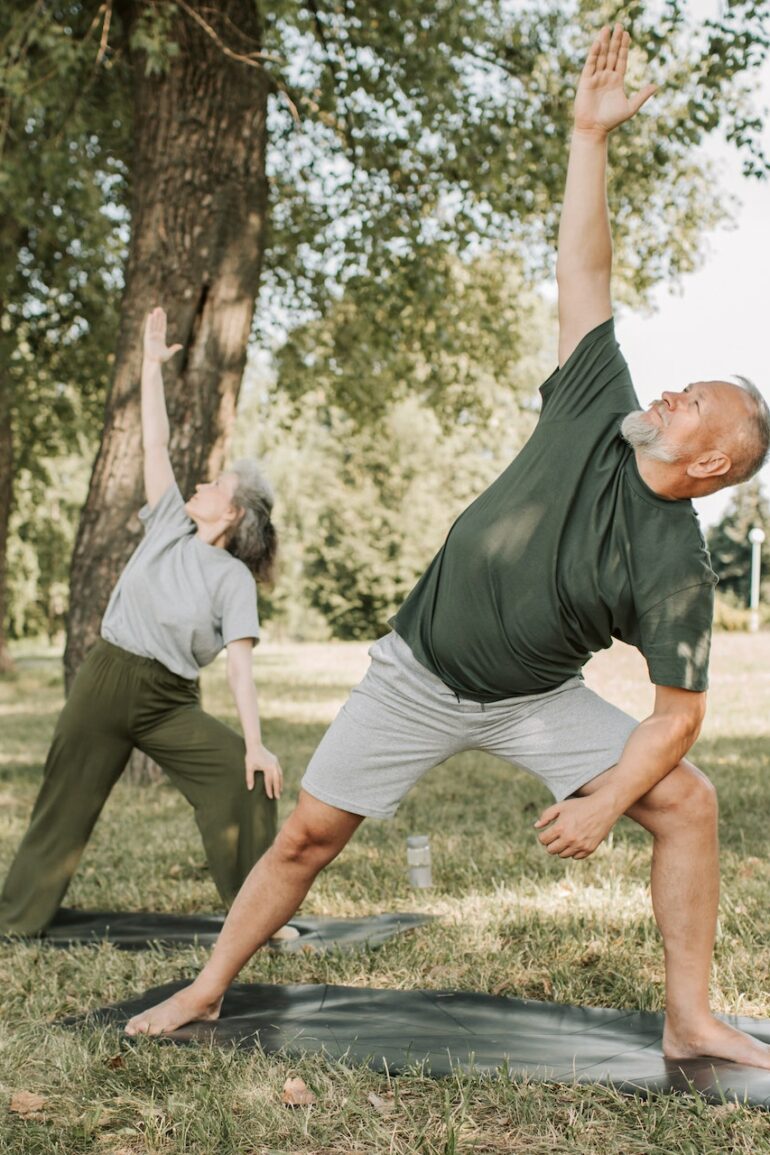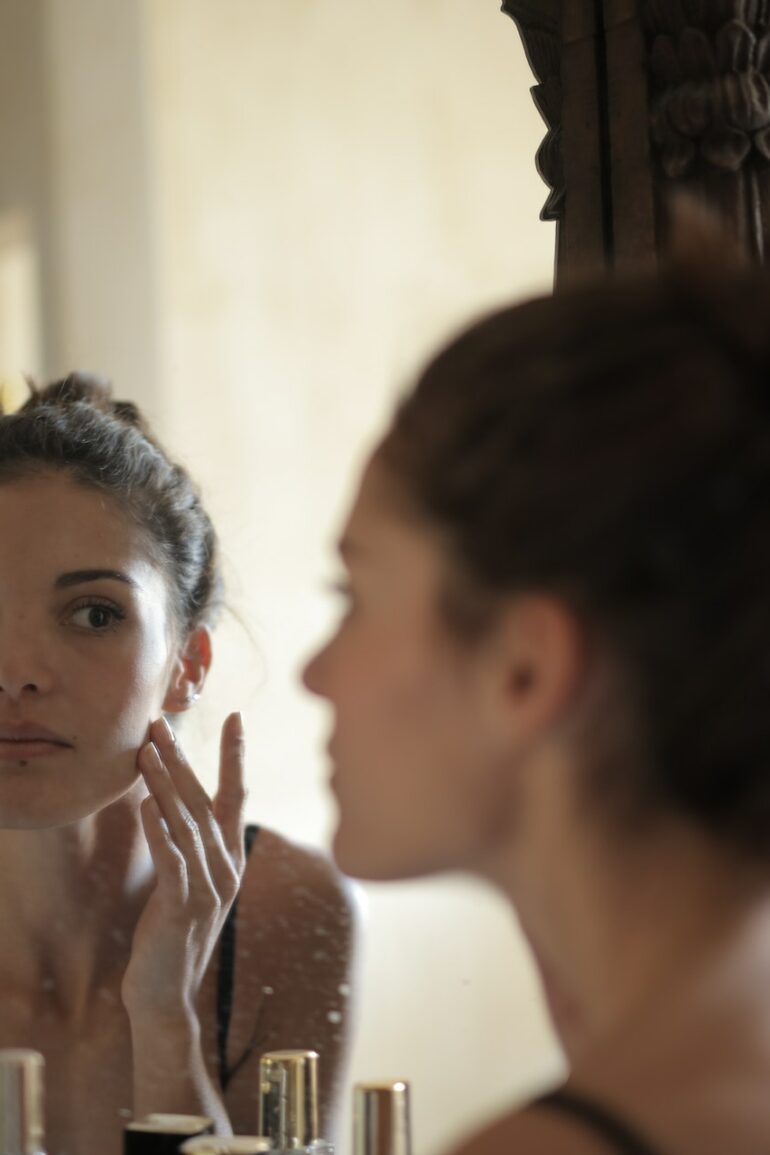Table of Contents
As a basketball player, you must build the absolute best legs possible. Your legs keep you on the floor, jumping toward the hoop, getting rebounds, and blocking shots.
This article will consider the importance of leg strength for a basketball player. It will also tackle various leg exercises and workouts to strengthen your lower body.
Using leg-strengthening equipment purchased from a local sports equipment store, you can build more muscular legs.
If you need help deciding what to buy, visit this website for information about some gym equipment that might interest you.
Southside Fitness is the leading fitness and exercise equipment retailer in Australia. It offers a wide selection of fitness machines and experts to help you find your needs.
The Importance of Strengthening Your Legs for Basketball Players
Focusing on leg strength, mobility, and coordination can help improve your maneuverability during a game.
Leg strength will help you jump higher, change direction more quickly, run faster, and play better defense.
Basketball players often jump into plyometric training without first focusing on the basics.
Powerful and fast movements and plyometric exercises help increase a person’s speed and power.
With proper foundational training, these movements will be more efficient.
A good leg training program should include several different aspects.
It would help if you tried doing strength-focused exercises, plyometric moves, balance, and coordination to improve your ability to perform workouts at a high intensity.
The combination of these factors leads to an efficient player.
So, what types of leg-strengthening exercises should you consider including in your basketball training program?
Leg Exercises and Workouts for Basketball Players
Leg conditioning can give basketball players greater strength and coordination in today’s highly competitive sports world.
The optimal leg exercises may help athletes improve jump shots, block shots, and running abilities.
By conditioning properly, you can reduce your risk of injuries.
A better approach to increasing a player’s vertical jump is to focus on the fundamentals.
In addition to strength and muscle building, a leg training program should also focus on factors such as:
- Plyometrics
- Balance
- Coordination
- Mobility
- Strength
As a player, you can add these basic exercises to your daily workout routine to improve your performance on the court.
- Stability Ball Leg Curl
This exercise works the hamstrings while keeping your hips extended.
Over time, these exercises will strengthen your lower back and legs and improve core stability.
- You can start by laying on your back with both legs straight and heels resting against the ball.
- Raise your hips by contracting the gluteal muscles and pulling the ball towards you.
- Keep your hips level as the ball travels toward you.
- Stop when your knees are bent at a 90-degree angle.
- Return to the full extension position.
- Isometric Split Squat
This exercise is also called the stationary lunge. It strengthens the legs and hips by building leg strength while challenging your balance and coordination.
- Start by standing in a split position with your left leg forward and right heel up.
- Your feet should be wide as if you’re straggling on a log.
- Lower your back knee, but stop before you touch the floor.
- Hold that position for 30 seconds.
- Repeat this sequence of movements with the right leg in front.
- Do two or three sets, one after the other.
- Hip Bridge
The gluteal muscles are essential to developing core strength.
Power jumps are executed with a gluteal muscle contraction, while the mind-muscle connection is developed through glute bridge exercises.
Your muscles can learn to activate by focusing on contracting them.
This exercise can be a basic starting point for other exercises and movements, improving your leg conditioning while preventing injury.
- This exercise starts by laying on your back with both feet flat against the floor.
- Squeeze a rolled-up towel with your knees.
- Next, press the hips towards the ceiling while keeping your abdomen tense to prevent arching in the lower back.
- The shoulders and feet should remain on the ground.
- While holding the top position, lower your hips toward the ground.
- Seated Box Jumps
You will achieve the greatest results by pushing yourself to your physical limits and beyond.
It’s an effective way to increase one’s explosiveness and enables athletes to jump higher.
Before you proceed with this exercise, you must first prepare its setup. Build the intensity of your workout by stacking one or more boxes on top of each other.
Athletes should always check the stability of boxes and adjust their heights before beginning an exercise.
This box exercise provides multiple benefits. It helps to determine the jump’s intensity and reduces stress on landing.
- Place your feet in a squat position and stand up straight.
- Extend your arms overhead, thrusting your hips forward as your arch back.
- To compensate for the momentum of your knees coming forward, you can pull your hands down and flex your hips as you lower into a squat.
- To complete the motion, lean forward and push your heels backward.
- When jumping, push off from the ground with your knees, hips, and ankles.
- Land as softly and quietly as possible on the middle of your box rather than the edges.
- To avoid unnecessary strain, avoid keeping your weight on your heels. Instead, focus on the balls of your feet.
- Goblet Squats
This full-body exercise focuses on the lower body. Use a dumbbell or kettlebell as your load.
Regularly performing goblet squats can strengthen the lower body and increase balance by improving stability.
- Use a kettlebell or dumbbell for this exercise.
- Use both hands to hold the kettlebell or dumbbell to your chest.
- Imagine taking a drink from your goblet.
- To squat, pull the hips back and down.
- Keep your weight in the heels while keeping your toes down.
- Keep the kettlebell in contact with your chest throughout.
- Extend your hips powerfully as you rise to stand.
- Lateral Lunge
This version of the standard lunge mimics a basketball player’s defensive shuffling motion.
This exercise is especially effective in opening up the hip muscles.
- While standing, step to the right while pointing your toes forward and squatting into the right leg.
- Keep your left leg straight while shifting your weight onto the midfoot-to-heel of your right foot.
- Keep your left leg straight when squatting down, and hold the position for two seconds.
- Next, propel yourself to your right foot and carefully land on your left.
- Perform a set on the right leg before moving to the left.
A well-planned and implemented training program can increase a basketball player’s efficiency.
Exercises that challenge lower body strength, stability, and power can improve performance and reduce injury.
Aging is associated with declining mobility and daily functioning
Coming out is a complex, personal process that happens
If you’ve had skin cancer and have recently undergone




